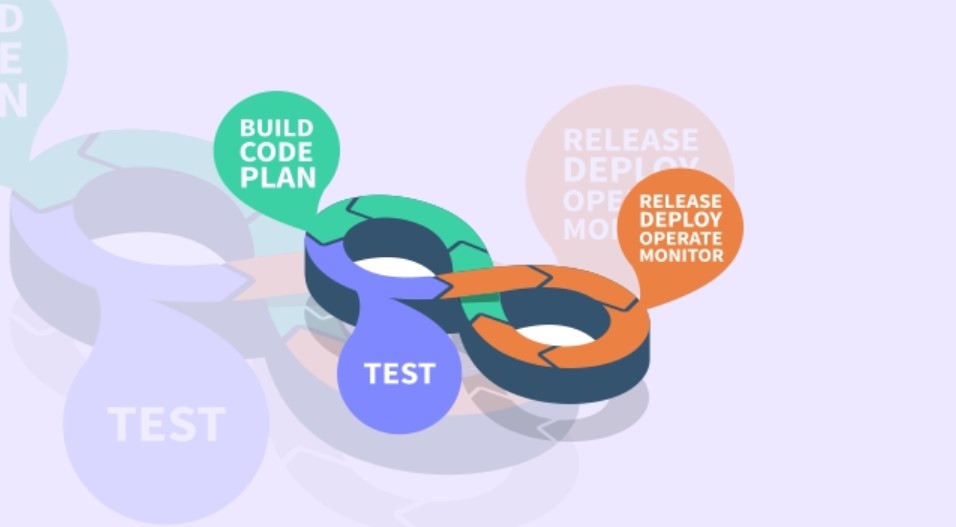Imagine an orchestra preparing for a grand concert. Each instrument must be tuned, every musician in sync, and the conductor ensures harmony from start to finish. In much the same way, Kubernetes clusters demand careful coordination to stay in rhythm. Without it, services fall out of tune, applications misfire, and the entire system risks chaos.
GitOps, with Flux CD as its trusted conductor, turns this potential cacophony into a seamless symphony. By treating Git as the single source of truth, every change flows naturally, ensuring Kubernetes clusters perform with precision.
Why GitOps Resembles a Living Score
Traditional infrastructure management often feels like a patchwork rehearsal—manual interventions, ad-hoc changes, and inconsistent documentation. It’s like musicians improvising without sheet music.
GitOps brings the score. Every configuration lives in Git, versioned and auditable. When the orchestra—the cluster—needs to change tempo or add new instruments, Flux CD ensures it follows the written score exactly. For learners pursuing a DevOps course in Hyderabad, this metaphor comes alive as they see how version control systems become more than code repositories—they become the very script for operations.
The Role of Flux CD: The Invisible Conductor
Flux CD works quietly, yet powerfully, like a conductor guiding musicians without drawing attention to itself. It continuously scans the Git repository for updates and reconciles Kubernetes clusters accordingly.
Instead of operators manually applying configurations, Flux CD listens to Git and enforces consistency. If a system drifts from the written score, Flux CD pulls it back into rhythm. This invisible hand not only reduces human error but also ensures that the music—the cluster—never misses a beat.
Building Reliability Through Repetition
Orchestras rehearse before a concert to perfect their performance. GitOps, too, thrives on repetition. Every change to infrastructure can be tested, reviewed, and rolled back if necessary. Flux CD allows teams to practice deployments safely until the process feels effortless.
The clarity this approach brings is a valuable lesson for professionals studying in a DevOps course in Hyderabad, where the emphasis is on disciplined, repeatable workflows. Learners discover that GitOps isn’t just about tools—it’s about cultivating habits of consistency and trust.
Challenges Behind the Curtain
Even the best orchestras face challenges: last-minute changes, unexpected absences, or broken strings. Similarly, Kubernetes clusters experience failures, misconfigurations, or security concerns. GitOps doesn’t eliminate these hurdles, but it provides a framework for handling them gracefully.
With Flux CD, troubleshooting feels less like improvisation and more like turning to the score. Developers can review history, identify mistakes, and recover quickly. The practice ensures that even during turbulence, the system remains steady enough to carry out the performance.
Conclusion
Kubernetes cluster management doesn’t have to feel like herding musicians without a conductor. By embracing GitOps and Flux CD, organisations transform chaos into coordinated performance, where every deployment aligns with the written score of Git.
For developers and aspiring engineers, this orchestration offers a glimpse into the future of reliable, automated systems—proof that precision and artistry can coexist in technology. GitOps teaches us that just as music needs discipline, so does infrastructure, and when guided well, both can deliver masterpieces.
